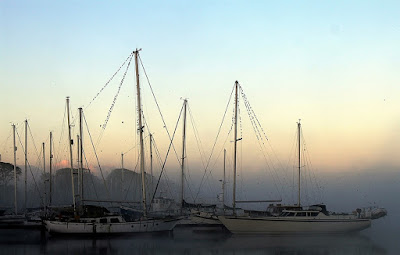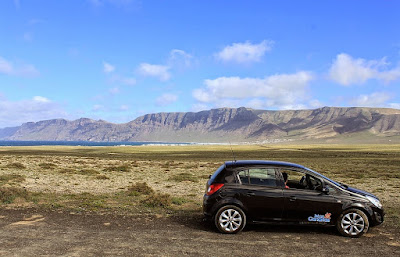With the UK under severe lockdown there is no bird ringing allowed unless in one's own garden. With vehicle travel limited to “essential” and “local journeys” only, it's unlikely I will be able to do much birding or even to get out with a camera. Add to that 24 hours of rain with more to come today and I'm indoors for a while.
But, keep logging in for news and views. I'll do my best to find news and views to share.
Meanwhile here's a post to link up with my friend Rain Frances over in New Brunswick and her Thursday Art theme of Birds and the Sky - http://www.rainfrances.com/2021/01/thursday-art-date-birds-and-sky.html
I thought this might prove a difficult one because although the sky is there in many of my bird photos, it is there mostly as a backdrop to the bird or birds.
So I looked through my photo archive for photos to find some that would satisfy the criteria of Birds and the Sky. Here we go Rain and readers - hope you like my selection of Birds and the Sky, sometimes combined. I didn't realise there were so many until searching the hard drive.
Blue, grey, white, cloudy, dark, light, red, and black from all around the world. Some with birds some not. In no particular order. For best results click on the picture.
Swallows against the morning Sky - Glasson, Lancashire
Sepia Sky - Pilling,Lancashire
Rain on the way Sky - Fleetwood, Lancashire
Goose Sky - Pilling, Lancashire
Morning Sky trails - Rawcliffe, Lancashire
Bee Eater Sky - Menorca, Spain
Black Sky at night - Lanzarote, Spain
Cattle Egret - White on Blue Sky
Blue Sky over Sand - Fuerteventura, Spain
Pintail ducks - Action Sky
Red Sky - Menorca, Spain
Grey Sky, Grey Day- Menorca, Spain
Tourists in the Sky - Greece
Cloudy Sky - Lanzarote
Rainbow Sky - Pilling, Lancashire
Lapwing Sky
Coloured Sky - Pilling, Lancashire
Big Sky - Lanzarote, Spain
Orange Sky - Knott End, Lancashire
Moody Sky - Rawcliffe, Lancashire
Hitchcock Sky - Pilling, Lancashire
Egyptian Sky - Makadi Bay, Egypt
Another Big Sky, Lanzarote, Spain
Northern Shovelers Sky
Photos
via Canon, Sigma and Sony.
Now if I just had £17,000 I could update
my gear to the latest Sony A7R 1V
camera with a
Sony FE 600mm F/4 Lens and
a Sony FE 24-70mm F2.8 Lens.
How did I do with the post Rain?
Linking on Saturday 16 January to Viewing Nature With Eileen and also birding in Texas with Anni I'd Rather Be Birding.



















































































